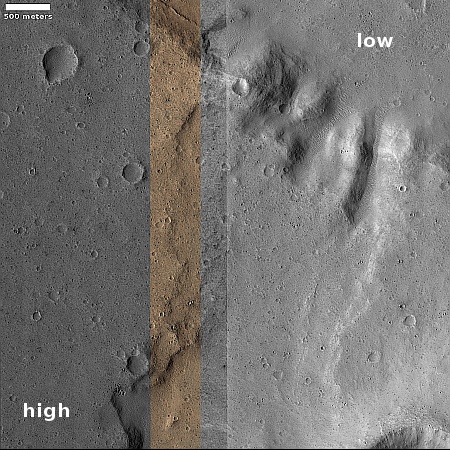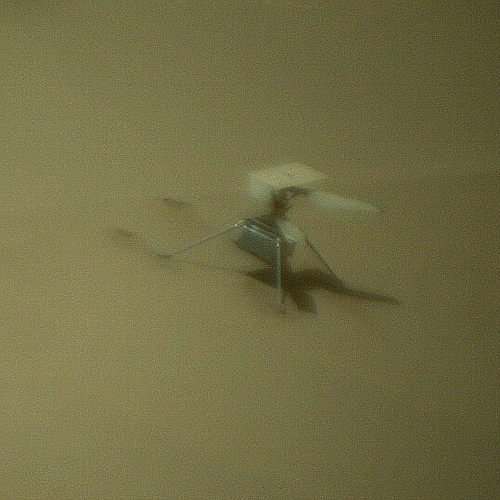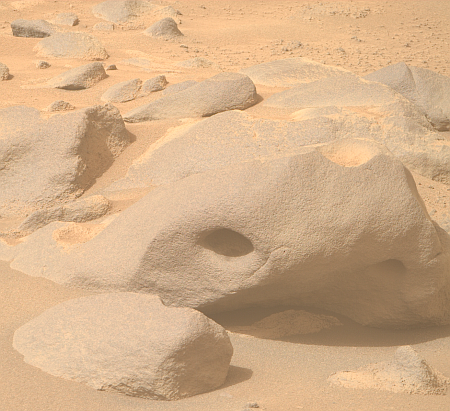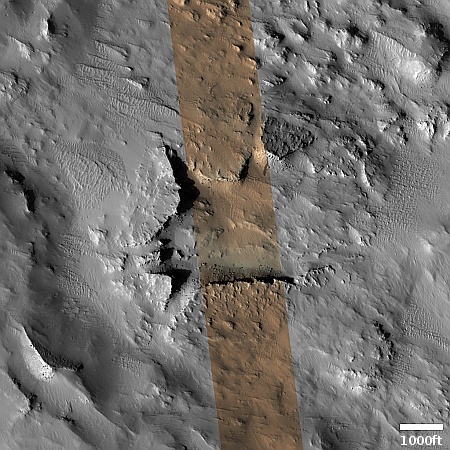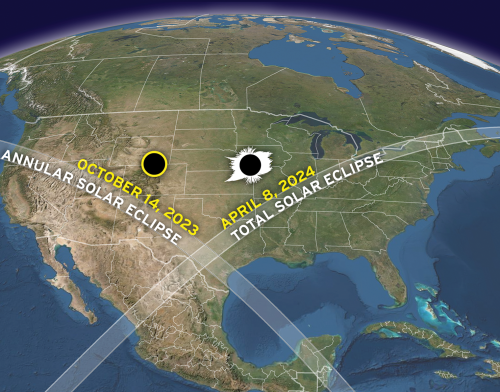Movies of two supernovae remnants produced from two decades of Chandra X-ray images
Using more than two decades of data from the Chandra X-ray Observatory, scientists have created two movies of the supernovae remnants the Crab nebula and Cassiopeia A.
I have embedded those movies below. From the press release:
Over 22 years, Chandra has taken many observations of the Crab Nebula. With this long runtime, astronomers see clear changes in both the ring and the jets in the new movie. Previous Chandra movies showed images taken from much shorter time periods — a 5-month period between 2000 and 2001 and over 7 months between 2010 and 2011 for another. The longer timeframe highlights mesmerizing fluctuations, including whip-like variations in the X-ray jet that are only seen in this much longer movie. A new set of Chandra observations will be conducted later this year to follow changes in the jet since the last Chandra data was obtained in early 2022.
…Cassiopeia A (Cas A for short) is the remains of a supernova that is estimated to have exploded about 340 years ago in Earth’s sky. While other Chandra movies of Cas A have previously been released, including one with data extending from 2000 to 2013, this new movie is substantially longer featuring data from 2000 through to 2019.
Using more than two decades of data from the Chandra X-ray Observatory, scientists have created two movies of the supernovae remnants the Crab nebula and Cassiopeia A.
I have embedded those movies below. From the press release:
Over 22 years, Chandra has taken many observations of the Crab Nebula. With this long runtime, astronomers see clear changes in both the ring and the jets in the new movie. Previous Chandra movies showed images taken from much shorter time periods — a 5-month period between 2000 and 2001 and over 7 months between 2010 and 2011 for another. The longer timeframe highlights mesmerizing fluctuations, including whip-like variations in the X-ray jet that are only seen in this much longer movie. A new set of Chandra observations will be conducted later this year to follow changes in the jet since the last Chandra data was obtained in early 2022.
…Cassiopeia A (Cas A for short) is the remains of a supernova that is estimated to have exploded about 340 years ago in Earth’s sky. While other Chandra movies of Cas A have previously been released, including one with data extending from 2000 to 2013, this new movie is substantially longer featuring data from 2000 through to 2019.


